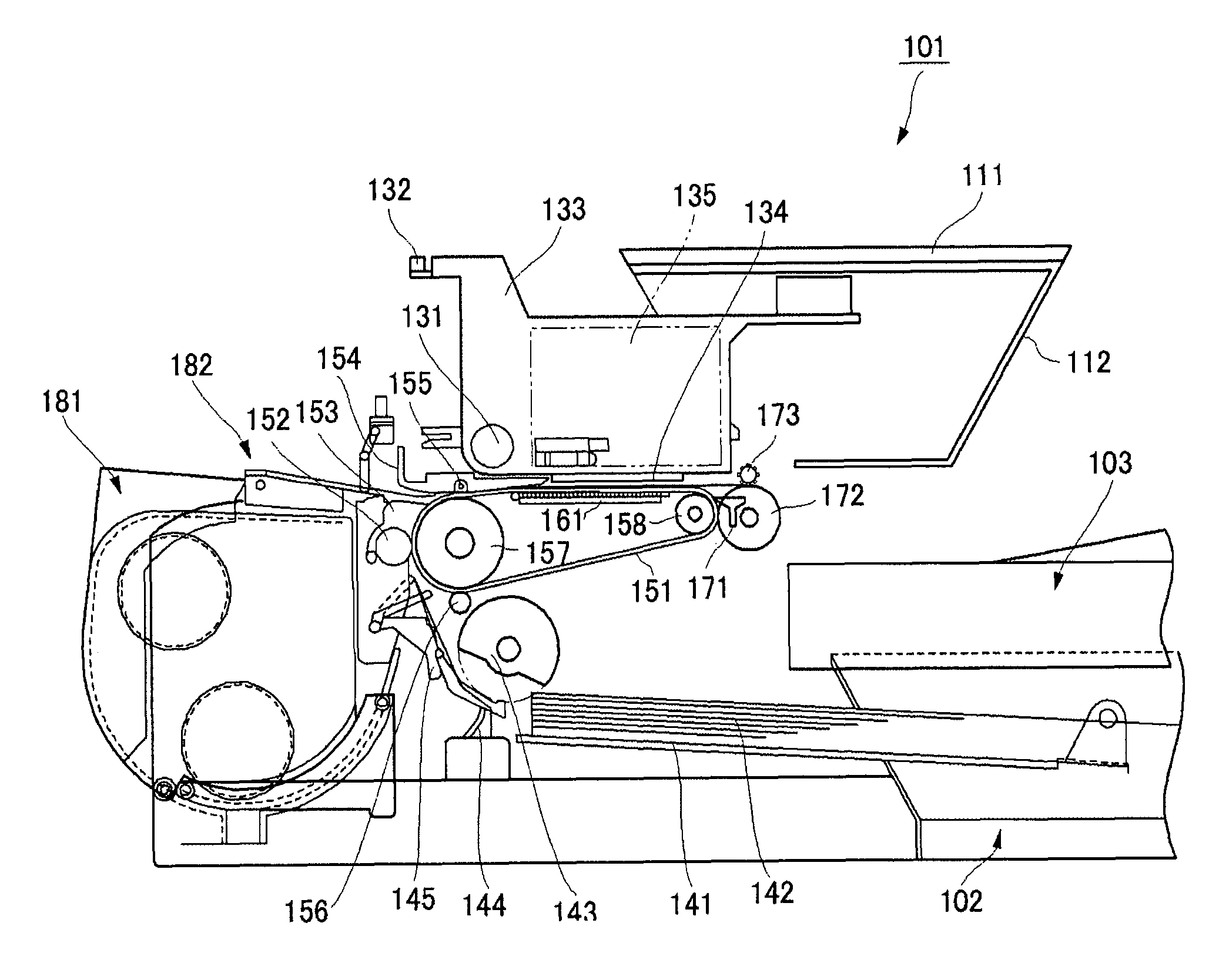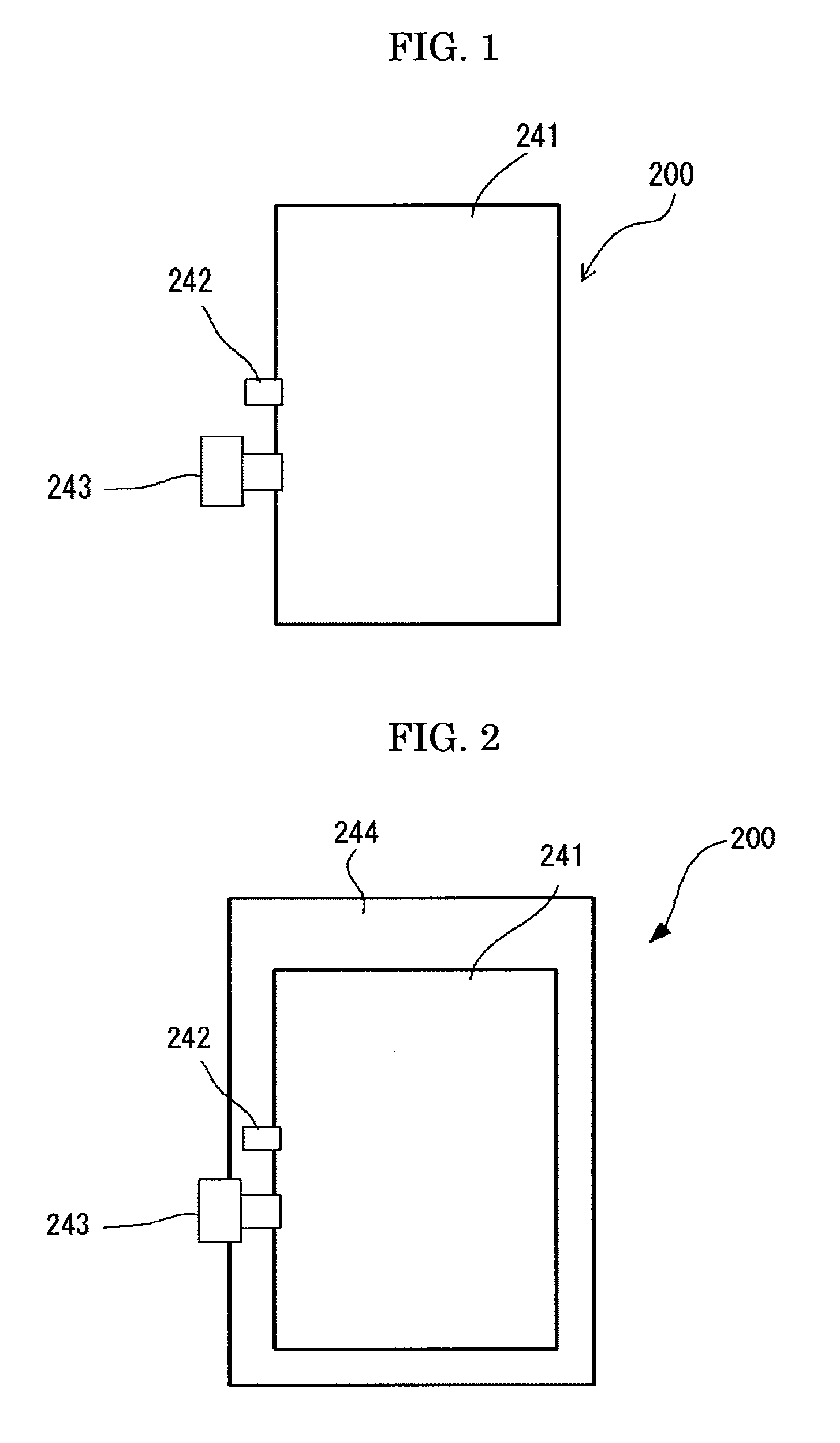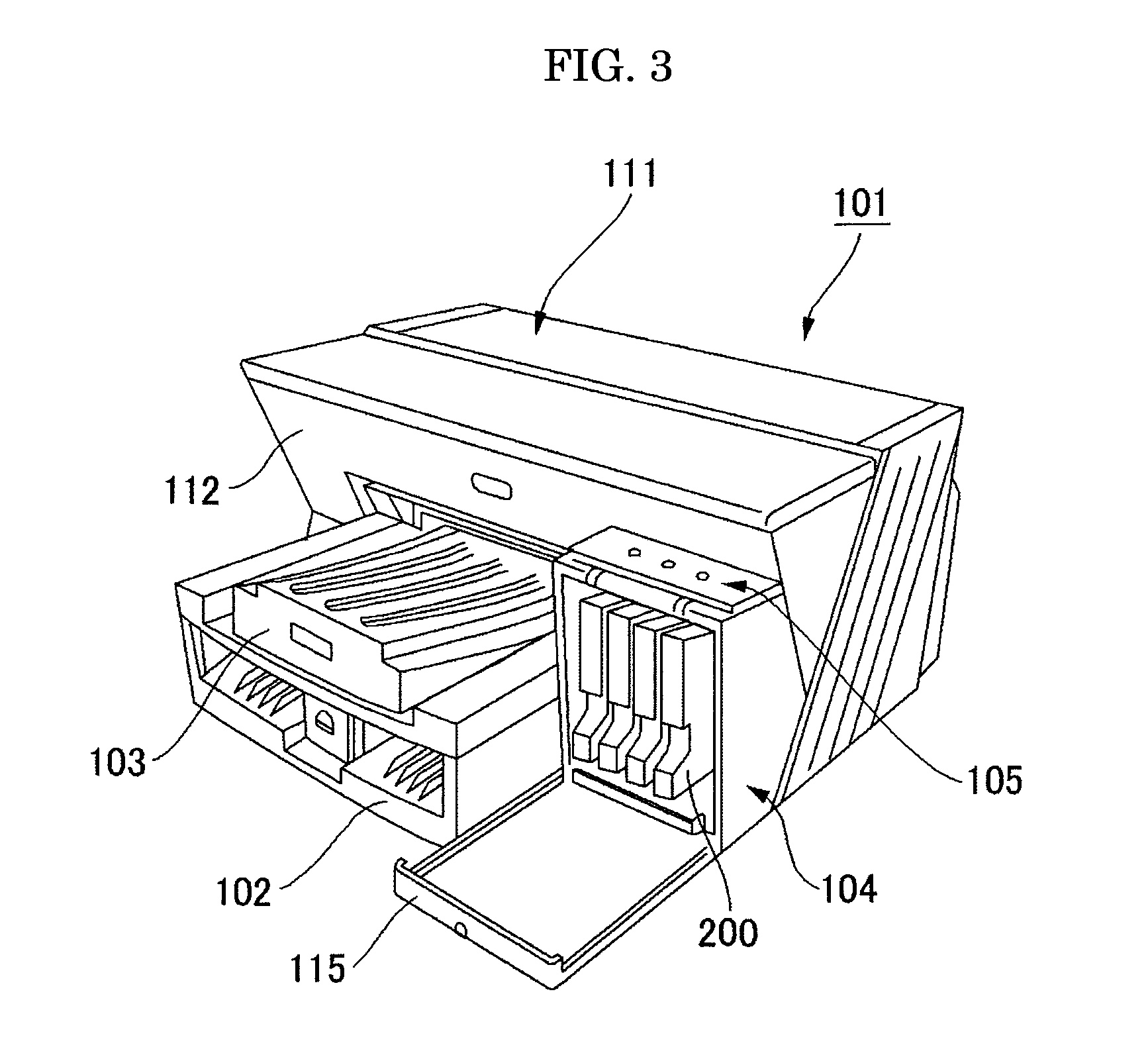Recording ink, inkjet recording method and inkjet recording apparatus
a recording method and inkjet technology, applied in the direction of inks, coatings, instruments, etc., can solve the problems of water-based inks that are less stable, poor in water absorption, and poor fixation properties and image density
- Summary
- Abstract
- Description
- Claims
- Application Information
AI Technical Summary
Benefits of technology
Problems solved by technology
Method used
Image
Examples
preparation example 1
-Preparation of a Surface-treated Carbon Black Pigment Dispersion-
[0341]1 mol / L sodium persulfate was added to 100 g of carbon black having a primary particle size of 16 nm, specific surface area of 260 m2 / g, and DBP oil absorption of 69 mL / 100 g (#960, manufactured by Mitsubishi Chemical Corporation), and the mixture was stirred at 80° C. for 10 hours so as to proceed with an oxidation treatment. Then, the resultant was washed with purified water and dried, thereafter, dispersed again in water and neutralized with sodium hydroxide so as to give pH of 7, with remaining salts being separated by an ultra-filter. Water to be added was adjusted so as to the pigment concentration of 20% by mass, and a membrane filter with a pore size of 0.8 μm was used to remove large particles therefrom.
[0342]The thus prepared dispersion was 1.35 mS / cm in electric conductivity and 123 nm in volume average particle size.
[0343]It is noted that the carbon black was measured for a volume average particle si...
preparation example 2
-Preparation of Surface-treated Carbon Black Pigment Dispersion-
[0344]1 mol / L sodium hypochlorite was added to 100 g of carbon black having a primary particle size of 16 nm, specific surface area of 260 m2 / g, and DBP oil absorption of 69 mL / 100 g (#960, manufactured by Mitsubishi Chemical Corporation), and the mixture was stirred at 80° C. for 10 hours so as to proceed with an oxidation treatment. Then, the resultant was washed with purified water and dried, thereafter, dispersed again in water and neutralized with potassium hydroxide so as to give pH of 7, with remaining salts being separated by an ultra-filter. Water to be added was adjusted so as to attain the pigment concentrations of 20% by mass, and a membrane filter with a pore size of 0.8 μm was used to remove large particles.
[0345]The thus obtained dispersion was 1.3 mS / cm in electric conductivity and 128 nm in volume average particle size.
[0346]It is noted that the carbon black was measured for a volume average particle si...
preparation example 3
-Preparation of Surface-treated Carbon Black Pigment Dispersion-
[0347]3 L of purified water was added to 100 g of carbon black having a primary particle size of 16 nm, specific surface area of 260 m2 / g, and DBP oil absorption of 69 mL / 100 g (#960, manufactured by Mitsubishi Chemical Corporation), and the mixture was stirred for 5 minutes. Then, ozone gas was introduced so as to proceed with an oxidation treatment for 1 hour. The resultant was washed with purified water and dried, thereafter, dispersed again in water and neutralized with sodium hydroxide so as to give pH of 7, with remaining salts being separated by an ultra-filter. Water to be added was adjusted so as to attain the pigment concentration of 20% by mass, and a membrane filter with a pore size of 0.8 μm was used to remove large particles.
[0348]The thus obtained dispersion was 1.25 mS / cm in electric conductivity and 132 nm in volume average particle size.
[0349]It is noted that the carbon black was measured for a volume ...
PUM
 Login to View More
Login to View More Abstract
Description
Claims
Application Information
 Login to View More
Login to View More - R&D
- Intellectual Property
- Life Sciences
- Materials
- Tech Scout
- Unparalleled Data Quality
- Higher Quality Content
- 60% Fewer Hallucinations
Browse by: Latest US Patents, China's latest patents, Technical Efficacy Thesaurus, Application Domain, Technology Topic, Popular Technical Reports.
© 2025 PatSnap. All rights reserved.Legal|Privacy policy|Modern Slavery Act Transparency Statement|Sitemap|About US| Contact US: help@patsnap.com



